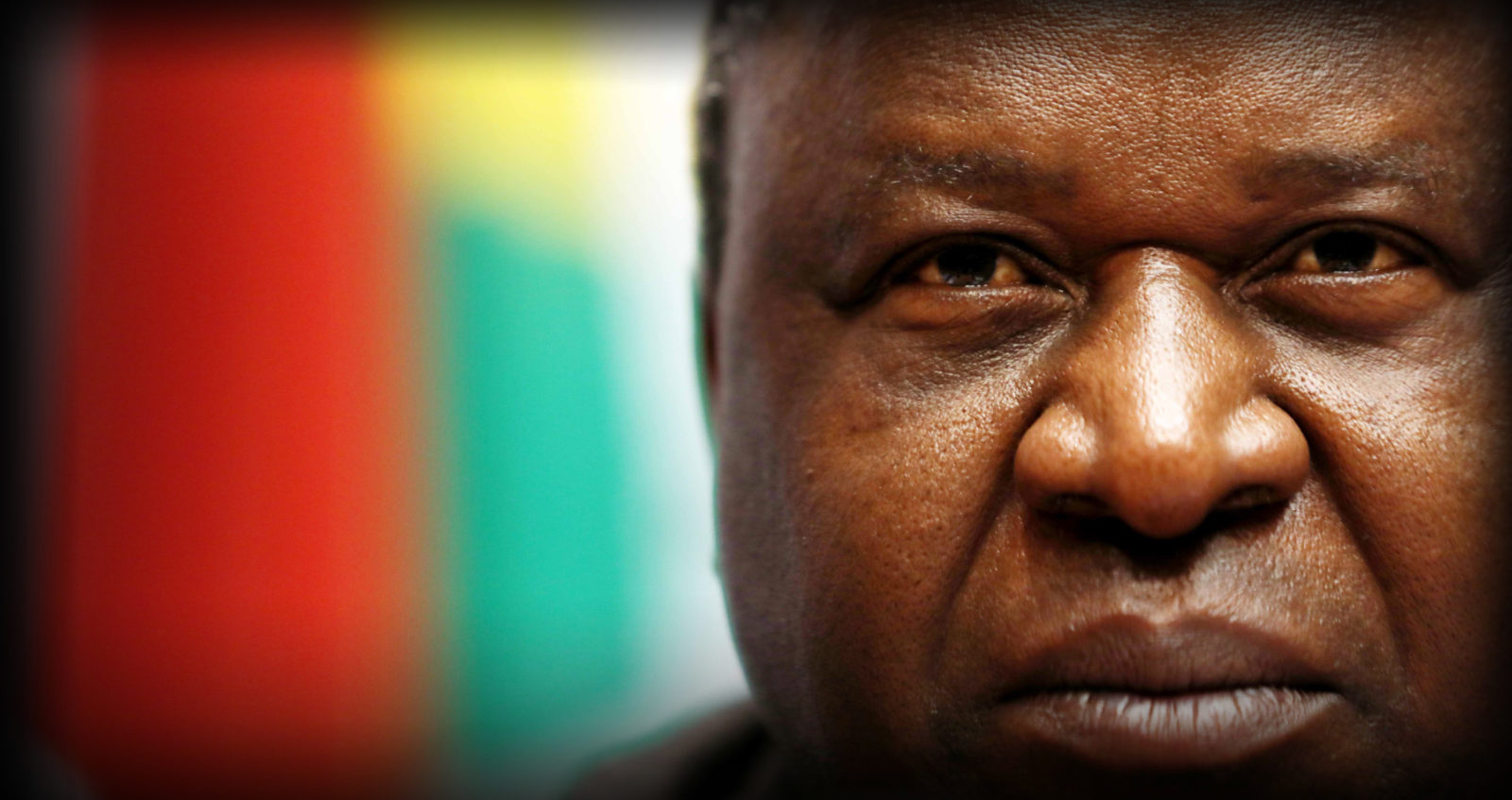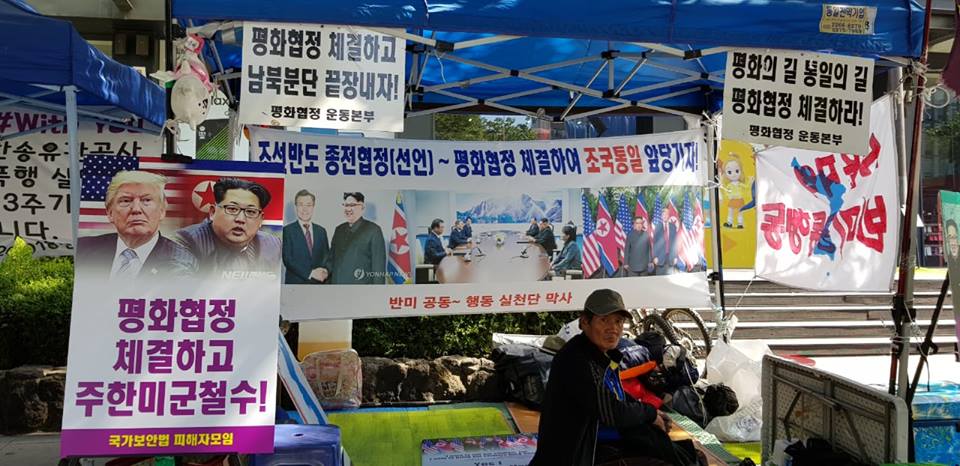News
Tito's Tough Choices
Unsurprisingly, with an election coming up, Tito Mboweni has largely avoided the tough policy choices that government needs to make — and not just politically fudge — if it is to put the country on to a growth path, one of 'prosperity', to use the minister's lexicon, which its citizens anticipate.

Tito Mboweni, SA’s finance minister, is to be commended for his measured Medium-Term Budget Statement, one having to deal with slow growth, declining revenue, higher expenditure, increasingjoblessness and diminishing wiggle-room.
The problems are immense and growing. The failure to grow the economy and the need to meet public demands has seen government spending increase more rapidly than SA’s ability to fund these demands, hence increasing debt service obligations. These will rise to 15.1% of the budget in 2021/22, compared to 13.9% now, and debt overall to a threatening 59.6% of GDP (or R4.1 trillion) by 2023.
Yet, unsurprisingly, with an election coming up, Tito has largely avoided the tough policy choices that government needs to make – and not just politically fudge – if it is to put the country onto a growth path, one of “prosperity”, to use the minister’s lexicon, which its citizens anticipate.
Five such choices stand out:
- The first is whether to simply tinker with the current policy path – as Mboweni has attempted – versus a public acknowledgement of the need for a different path. The budget statement notes that “South Africa’s budgets for social and economic services are substantial, but the quality of spending is in many areas unacceptably poor, undermining (and in some cases collapsing) service delivery. Poor governance – reflected in inefficiency, corruption and financial mismanagement – reduces the impact of spending and increases pressure on the budget.” True, but a critical initial step to high rates of growth is to admit that the low growth problem stems from more than just corruption, even though this has undoubtedly made it worse.
- Related to this, second, is whether to back government or the private sector as the critical agent of growth. Mboweni appears to come down on the side of greater private sector participation, observing that “a crucial component … is our intention to partner with the private sector to increase investment in public infrastructure”. Yet it’s hard to see how the rhetoric squares with the reality of bailouts to the likes of SAA and other state-owned companies, and the continued expenditure burden of public sector employees.
- This, third, links to the next choice: To continue to spend on government’s salary bill versus shrinking these numbers. This would have to involve cutting back on personnel, as well as wage demands. Currently the public sector wage bill sucks up more than one third of the R1.7-trillion budget. This bill has risen from R395-billion in 2014/15 to R590-billion in 2018. The public sector’s increased wage demands now, as the minister reminded, exceed budgeted baselines by R30-billion, about the same amount of money that has been scratched out for extra spending on education, health, social and infrastructure over the next three years. Of course, this wage burden relates not just to public servants, but excessive spending on government, from the size of Cabinet to the profligacy of its members, as the minister admitted. To put this figure in some perspective, it is more than three times the annual budget of the Department of Trade and Industry. As a result, annual government debt service costs are projected to increase to nearly R250-billion in 2021/22, about the same SA currently spends on basic education.
- This again links to a fourth choice: whether to maintain the governance compact that has delivered political power to the ANC, and some degree of social stability, versus resetting this relationship. This takes various practical forms. For example, whether to extend the bargaining council agreements which have stuffed (there is no more polite word) the manufacturing sector, where job numbers have declined from 1.44 million in 2005 to 1.18 million today. From March to June in 2018 alone, 13,000 manufacturing jobs were shed. This decline should be regarded as a national emergency.
- And fifth, the government needs to decide exactly how it is going to achieve its strategy of investment-led growth. This requires more policy detail than political declarations. It’s no good accusing the private sector of an investment strike, but rather to ensure the conditions and opportunities than enable it to seek a reasonable return against risk. The proof of the changing relationship with business is ultimately not in the rhetoric, but in the reality.
Business, for its part, will need to speak truth to power, rather than stick to its usually vapid and non-committal commentary.
For example, while SAA is now to enjoy a further R5-billion bailout, it is necessary to decide what the government wants it to be. A subsidised carrier of tourists to spend money in SA, a public service protected employer, or a commercially successful airline?
Mboweni noted that “we require reforms to change the structure of our economy, raise productivity, increase competition and reduce the cost of doing business…”.
Again, the question is how? The government will have to decide how to insert competition outside only of regulating monopolistic practices in big business, including in its own activities – such as the SOCs, and in allocating government support to business.
Overall Mboweni’s interim budget reflection leaves a big question begging. What is SA’s value proposition to investors?
And the message of SA’s declining economy, omnipresent in the figures of the day, is clear: SA’s economy cannot be all things to all people, as much as the government tries politically to avoid that economic reality.
This article was originally published in The Daily Maverick.



